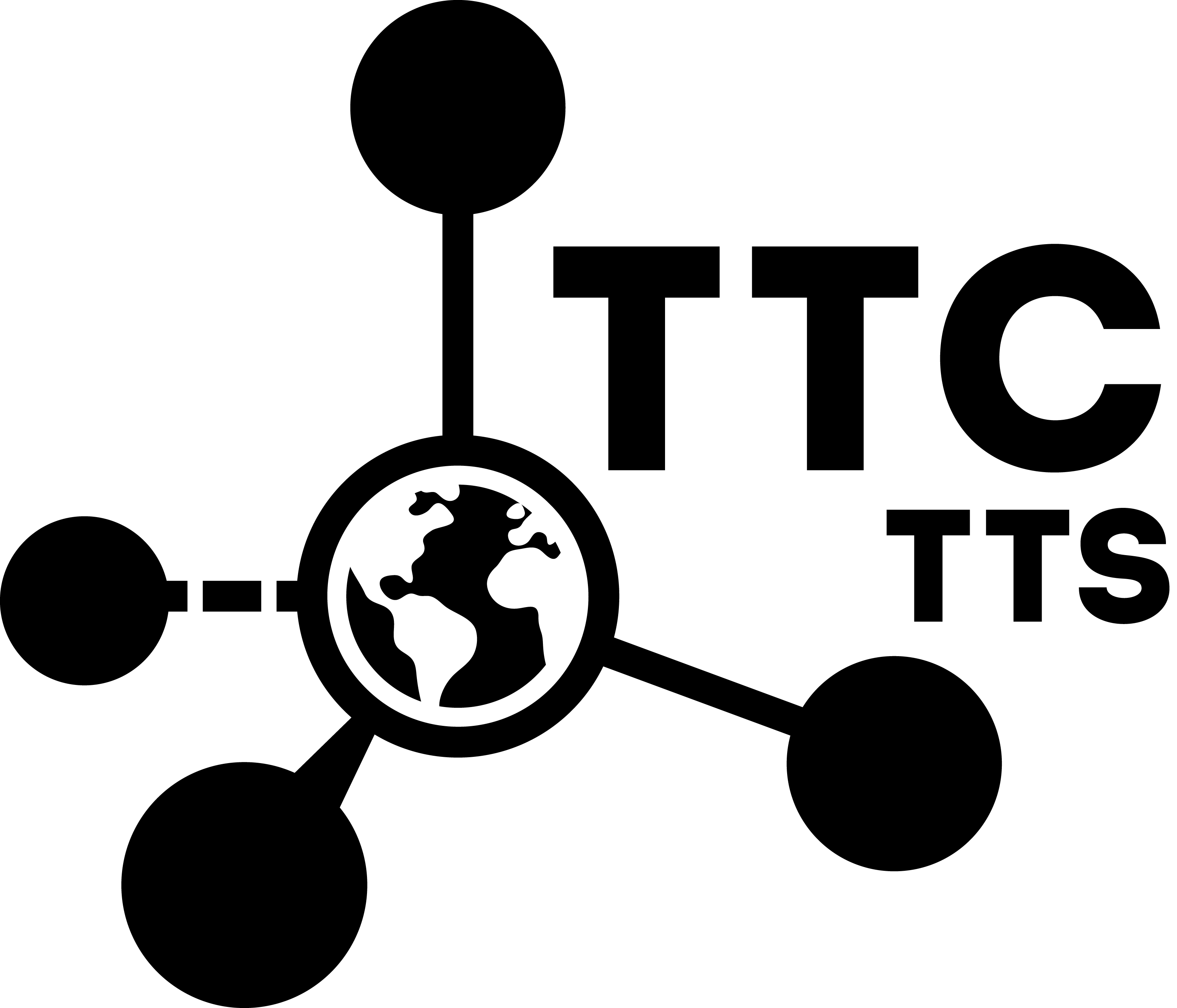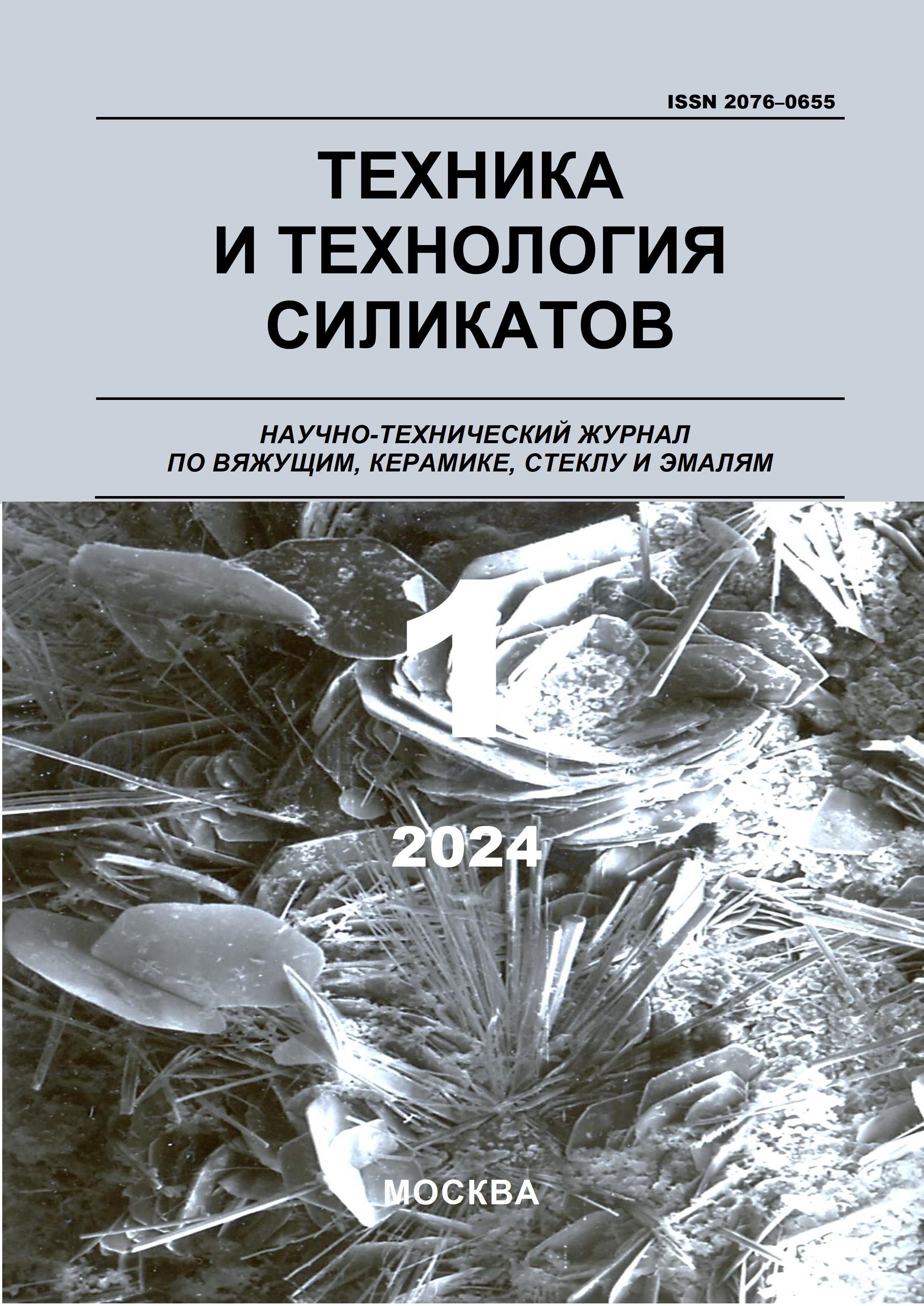employee
employee
Novocherkassk, Rostov-on-Don, Russian Federation
student
Novocherkassk, Rostov-on-Don, Russian Federation
student
Novocherkassk, Rostov-on-Don, Russian Federation
employee
Novocherkassk, Rostov-on-Don, Russian Federation
UDC 666.1.001.5
CSCSTI 61.35
Russian Classification of Professions by Education 18.06.01
Russian Library and Bibliographic Classification 35
Russian Trade and Bibliographic Classification 5017
Recycling of large-tonnage industrial waste with the production of construction materials is very promising. Taking in-to account the high content of refractory components, it is reasonable to reduce the energy intensity of synthesis by intro-ducing fluxing additives of melts. In this article the influence of the most active class of melts - sodium-containing com-pounds - on sintering and melting of ash and slag wastes (ASW) from thermal power plants is considered. High-temperature synthesis of compositions containing ASW and different amounts of sodium-containing fines (Na2CO3, Na2B4O7, NaF, NaOH) was carried out. It is shown that the Na2O content is not a decisive characteristic in the evaluation of fluxing activi-ty. The most active fluxing agent Na2B4O7 is revealed, even small amounts of which provide sharp acceleration of sintering and melting. The tendency of ash and slag waste to "self-foaming" due to oxidation of residual carbon and formation of pores by released gases has been established. Change of propensity to foaming at introduction of various melts and param-eters of the obtained porous structure including dark gray foamed areas and sintered areas of brown color have been stud-ied.
silicate raw materials, flux, sintering, sodium, depolymerization
1. Panteleev V.G., Larina E.A., Melent'ev V.A. i dr. Sostav i svoystva zoly i shlaka TES: Spravochnoe posobie / Pod red. V.A. Melent'eva. – L.: Energoatomizdat: Leningr. otdelenie, 1985. – 285 s.
2. Luo Y., Wu Y., Ma S., Zheng S., Zhang Y., Chu P.K. Utilization of Coal Fly Ash in China: A Mini-Review on Challenges and Future Directions // Environmental Science and Pollution Research. – 2021. – V. 28. – P. 18727-18740.
3. Putilin E.I., Cvetkov V.S. Obzornaya informaciya otechestvennogo i zarubezhnogo opyta primeneniya othodov ot szhiganiya tverdogo topliva na TES. – M.: NII Soyuzdor, 2003. – 60 s.
4. Karamanov A., Hamzawy E.M.A., Karamanova E., Jordanov N.B., Darwish H. Sintered glass-ceramics and foams by metallurgical slag with addition of CaF2 // Ceramics International. – 2020. – V. 46(5). – P. 6507-6516.
5. Guo Y., Zhang Y., Huang H. et al. Novel glass ceramic foams materials based on red mud // Ceramics International. – 2014. – V. 40(5). – P. 6677-6683.
6. Zhang Q., He F., Shu H. et al. Preparation of high strength glass ceramic foams from waste cathode ray tube and germanium tailings // Construction and Building Materials. – 2016. – V. 111. – P. 105-110.
7. Chen B., Luo Z., Lu A. Preparation of sintered foam glass with high fly ash content // Materials Letters. – 2011. – V. 65(23–24). – P. 3555-3558.
8. Guo Y., Zhang Y., Huang, H. et al. Novel glass ceramic foams materials based on polishing porcelain waste using the carbon ash waste as foaming agent. Construction and Building Materials. – 2016. – V. 125. – P. 1093-1100.
9. Li J., Zhuang X., Monfort E. et al. Utilization of coal fly ash from a Chinese power plant for manufacturing highly insulating foam glass: Implications of physical, mechanical properties and environmental features // Construction and Building Materials. – 2018. – V. 175. – P. 64-76.
10. Yatsenko E.A., Goltsman B.M., Smoliy V.A., Kosarev A.S. Investigation of flux influence on structure of foamed slag glass with a high content of slag waste // Research Journal of Pharmaceutical, Biological and Chemical Sciences. – 2016. – V. 7(6). – P. 136-146.
11. Goltsman B.M., Yatsenko E.A., Yatsenko L.A., Goltsman N.S., Kuzmenkov D.M. Investigation of the fluxing additives effect on the foaming of different silicate raw materials // Materials Science Fo-rum. – 2021. – V. 1037. – P. 767–774.
12. Gol'cman B.M., Yacenko E.A., Yacenko L.A., Irha V.A. Sintez poristyh silikatnyh materialov pri ispol'zovanii ftorida natriya v kachestve flyusuyuschey dobavki // Cvetnye metally. – 2021. – T. 6. – S. 44–49.
13. Gol'cman B.M., Yacenko E.A., Yacenko V.S., Yacenko A.N., Li Ven'shen. Issledovanie strukturnyh izmeneniy pri termoobrabotke shiht na osnove othodov stekla i glicerinovogo poroobrazovatelya // Tehnika i tehnologiya silikatov. – 2023. – T. 30. – № 1. – S. 75-83.
14. Zubehin A.P., Golovanova S.P., Yacenko E.A., Vereschaka V.V., Guziy V.A. Osnovy tehnologii tugoplavkih nemetallicheskih i silikatnyh materialov. – M.: KARTEK, 2010. – 274 s.
15. Tsai C.C., Wang K.S., Chiou I.J. Effect of SiO2-Al2O3-flux ratio change on the bloating characteristics of lightweight aggregate material produced from recycled sewage sludge. Journal of Hazardous Materials. – 2006. – V. 134(1-3). – P. 87-93.
16. Huang C.H., Wang S. Y. Application of water treatment sludge in the manufacturing of lightweight aggregate. Construction and Building Materials. – 2013. – V. 43. – P. 174-183.
17. Tuan B.L.A., Hwang C.L., Lin K.L. et al. Development of light-weight aggregate from sewage sludge and waste glass powder for concrete. Construction and Building Materials. – 2013. – V. 47. – P. 334-339.
18. Qi Y., Yue Q., Han S. et al. Preparation and mechanism of ultra-lightweight ceramics produced from sewage sludge. Journal of Hazardous Materials. – 2010. – V. 176(1-3). – P. 76-84.
19. Kourti I., Cheeseman C.R. Properties and microstructure of lightweight aggregate produced from lignite coal fly ash and recycled glass. Resources, Conservation and Recycling. – 2010. – V. 54(11). – P. 769-775.
20. Gol'cman, B. M. Obzor i analiz sovremennyh metodov vspenivaniya stekla i silikatnogo syr'ya / B. M. Gol'cman, E. A. Yacenko // Teoreticheskie osnovy himicheskoy tehnologii. – 2022. – T. 56, № 5. – S. 549-558. – DOIhttps://doi.org/10.31857/S0040357122050050. – EDN ENYUVA.
21. Goltsman, B. M. Modern fluxing materials and analysis of their impact on silicate structures: A review / B. M. Goltsman, E. A. Yatsenko // Open Ceramics. – 2024. – Vol. 17. – P. 100540. – DOIhttps://doi.org/10.1016/j.oceram.2024.100540. – EDN ZWKTND.









